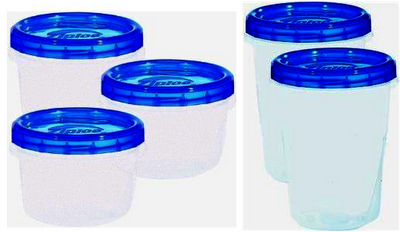A week ago I racked a fermenter of lager to my cold crash container, pulled a soup ladle full of the top layer of sediment, and set it aside, washed the fermenter, added the yeast sediment, and added fresh wort..... the yeast was 34/70. In a cool fermentation environment...... high 40's, it began fermenting almost immediately.
I top crop everything else, but obviously you can't do that with a lager. Doing BIAB and making no attempt to filter out hop trub or cold break material, etc.... I end up with a significant amount of trub, particularly if I use a fine crush, which I often do.
Layers are visible, so my strategy was to try to pull the upper most layer off with the ladle... which seems to have worked well for me..... a soup ladle full of material is a lot of yeast for a 2.5 gallon brew.
H.W.










![Craft A Brew - Safale BE-256 Yeast - Fermentis - Belgian Ale Dry Yeast - For Belgian & Strong Ales - Ingredients for Home Brewing - Beer Making Supplies - [3 Pack]](https://m.media-amazon.com/images/I/51bcKEwQmWL._SL500_.jpg)


















































